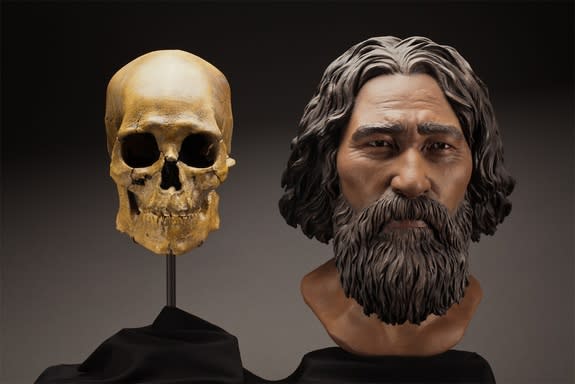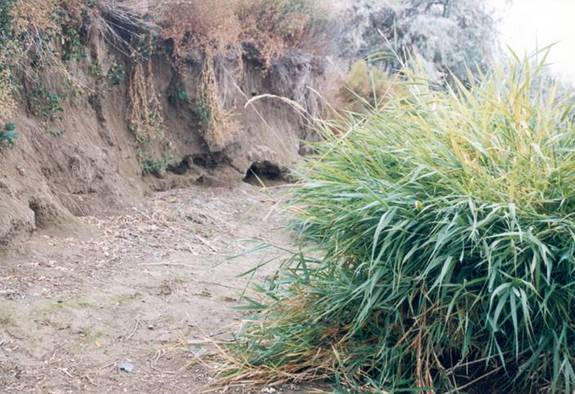Ancient American: Kennewick Man's Tribal Links Confirmed
The origins of a man who lived some 8,500 years ago, and whose skeleton was discovered in 1996 in Kennewick, Washington, have finally been pinned down. The ancient remains are most closely related to modern Native Americans, a new study led by the U.S. Army Corps of Engineers confirmed.
Now that the skeleton's Native American link has been confirmed — a 2015 analysis of Kennewick Man found similar results — the re-burial of the remains must follow the guidelines of the Native American Graves Protection and Repatriation Act (NAGPRA), the Army Corps said.
Currently, five Native American tribes claim the Kennewick Man is a relative, and they will work together to re-bury the remains, The Seattle Times reported.
"Obviously, we are hearing an acknowledgment from the corps of what we have been saying for 20 years," JoDe Goudy, chairman of the Yakama Nation, told The Seattle Times. "Now we want to collectively do what is right, and bring our relative back for re-burial." [In Photos: Human Skeleton Sheds Light on First Americans]
The saga of Kennewick Man
The Kennewick Man skeleton was found along the banks of the Columbia River and is considered one of the oldest and most complete ancient skeletons found in North America. In fact, tribes refer to Kennewick Man as the "Ancient One."
An arrow tip was lodged in the skeleton's pelvis, which led the coroner to surmise Kennewick Man was of European descent and was killed by a Native American. The identity of the Kennewick Man soon became contentious, and many researchers investigated the skeleton.
First efforts at analysis were unsuccessful in extracting and amplifying DNA, so researchers looked to qualitative evidence of what the man's life would have been like.
Physical anthropologist Douglas Owsley of the Smithsonian Institution and others reviewed the perplexing nature of these discoveries, according to the Smithsonian Magazine. Although Kennewick Man's grave was located 300 miles (483 kilometers) inland, studies concluded the man may have lived along a coast, because evidence shows his diet consisted largely of marine animals, according to that review. The water he drank was glacial meltwater, though 8,500 years ago, the closest water of this kind would have been in Alaska. Researchers determined that Kennewick Man was a traveler; evidence of developed muscles and possible work-related injuries show the man worked hard during his life.
Final resting place
Now, with the DNA determination of the man's relation to Native Americans in the U.S., the Kennewick Man's final journey will be to his final resting place.
Reburial would traditionally be at a site as close as possible to the skeleton's original grave. However, as multiple tribes claim relation, spokesperson for the Corps Northwestern Division Michael Coffey told The Seattle Times, it may be next February before they can confirm cultural ties for the reburial.
In the meantime, the tribes can continue to visit the Kennewick Man where he currently resides at the Burke Museum of History and Culture.
Follow Kacey Deamer @KaceyDeamer. Follow Live Science @livescience, on Facebook & Google+. Original article on Live Science.
Copyright 2016 LiveScience, a Purch company. All rights reserved. This material may not be published, broadcast, rewritten or redistributed.




